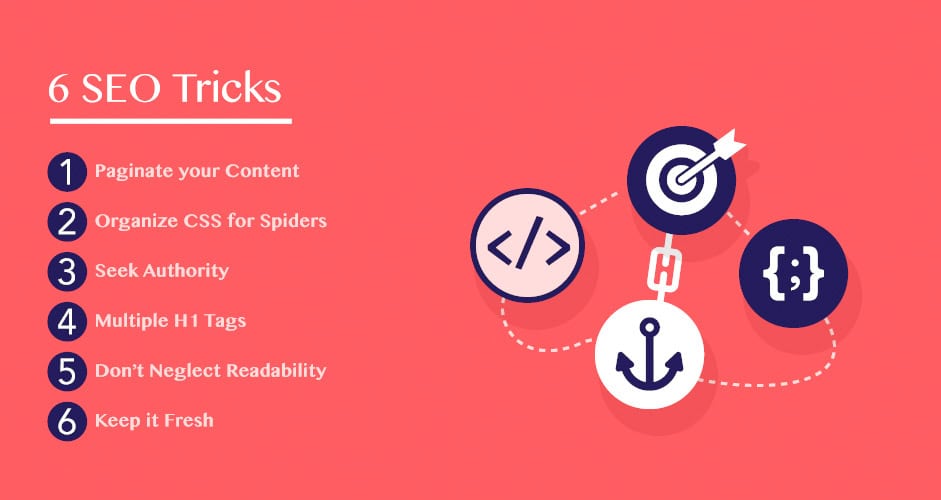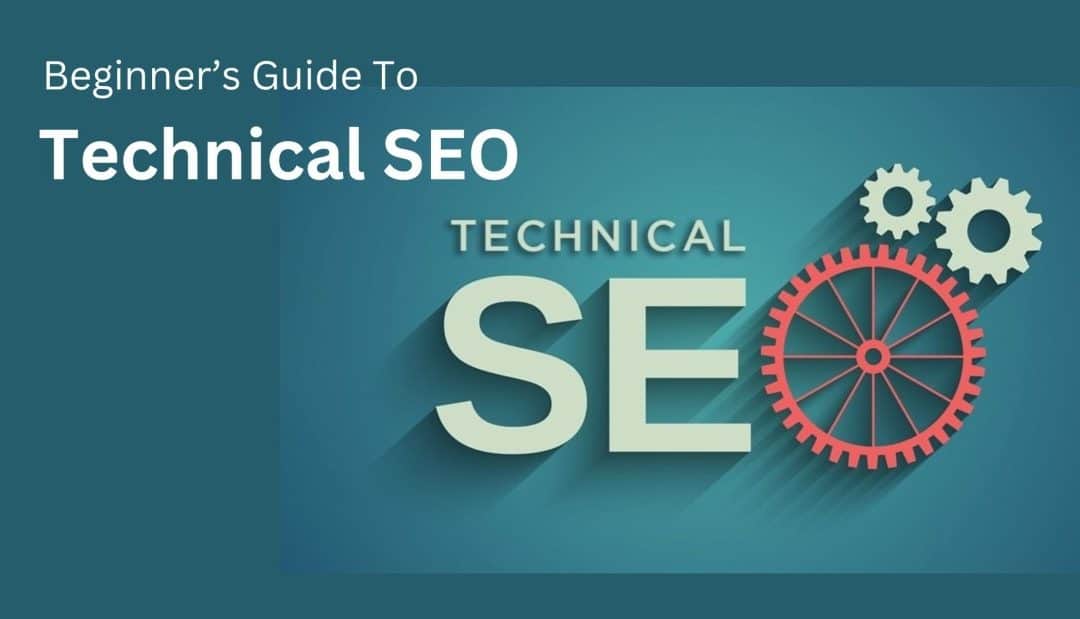Hey there! So, you’ve taken the plunge and built yourself a snazzy WordPress website. First of all, high five! But now comes the tricky part: getting people to actually visit it. This is where technical SEO pulls a superhero move.
Don’t worry, it sounds more complicated than it actually is, and I’m here to walk you through it like we’re having coffee and a chat.
Table of Contents
- 1 What Exactly Is Technical SEO?
- 2 Starting with Site Speed and Performance
- 3 Mobile Friendliness
- 4 Secure Your Site with HTTPS
- 5 Website Structure and Navigation
- 6 Managing Duplicate Content
- 7 XML Sitemaps and Robot.txt Files
- 8 Schema Markup: Speaking Search Engine’s Language
- 9 Tracking Progress with Google Search Console
- 10 Wrapping It Up: Keeping It Simple and Fun
What Exactly Is Technical SEO?
Imagine you’ve just renovated your home. It looks gorgeous from the outside, but if the plumbing and wiring are all messed up, you won’t be living there comfortably anytime soon. Technical SEO is like that crucial behind-the-scenes work. It ensures your website’s structure and functionality are in top shape, making the site user-friendly and search engine-friendly. Pretty essential, right?
Why Should You Care?
I know what you’re thinking, “Can’t I just slap some keywords on there and call it a day?” I get it. If only it were that easy! Technical SEO is what gets those potential visitors through the door. Without it, search engines might just bypass your site faster than you swipe left on a bad Tinder profile. And trust me, you don’t want that.
Starting with Site Speed and Performance
When was the last time you waited patiently for a webpage to load? In this day and age, even a two-second delay could feel like a lifetime. It’s pretty simple: a fast-loading website is more likely to rank higher on Google. Speed impacts user experience, and a good user experience means happy visitors who stick around longer.
Tools to Boost Your Site Speed
There are a few nifty tools you can use to measure and improve your site speed. Ever heard of Google PageSpeed Insights? It’s like a personal trainer for your website, spotting what’s making your site sluggish and suggesting ways to speed it up.
Some Quick Tips to Speed Up Your Site
- Compress images: No one needs a full-res photo of your lunch.
- Use a content delivery network (CDN): It’s like having your site’s own jetpack.
- Minimize your code: Treat it like filing taxes—cut out all the fluff.

Mobile Friendliness
Remember when mobile-friendly sites were “nice to have”? Well, those days are long gone. More folks now browse the web on their phones than on any other device. If your website isn’t mobile-friendly, you might as well be hiding it under a rock. Honestly, take a moment to check how your site looks on a phone (I’ll wait).
Optimizing for Mobile Users
The best part is, WordPress has heaps of mobile-friendly themes. But even if you’ve nailed the theme part, here are some extra pointers:
- Use responsive design so your site looks hot on all screen sizes.
- Keep those button sizes fingertip-friendly. No one wants to hit ‘Contact Us’ when they’re aiming for ‘About Us.’
- Ensure your content is readable without constant pinching and zooming.
Secure Your Site with HTTPS
Do you trust a website without that little padlock in the URL bar? Neither do I. HTTPS not only encrypts the data between your user and server but also adds a layer of credibility to your site. Plus, Google favors secure sites. It’s like giving your visitors a comforting hug of digital safety.
How to Get HTTPS
You’ll need an SSL certificate to move from HTTP to HTTPS. Some hosting providers offer them for free—how cool is that?

Have you ever gotten lost inside a museum? No signs, just endless rooms? A poorly structured website is kinda like that but way less fascinating. A clean, hierarchical website structure helps search engines understand and index your site, making it easier for users to find what they’re looking for.
Tips for a Proper Site Structure
- Plan out your architecture with a clear hierarchy. Home > Category > Subcategory… you get the gist.
- Don’t forget about breadcrumbs! They’re not just for birds; they guide your visitors back home easily.
- Keep your URLs simple and descriptive. “www.awesomewebsite.com/cat-costumes” is way better than “www.awesomewebsite.com/index.php?id=134”.
Managing Duplicate Content
Imagine someone telling the same story over and over again. Boring, right? Well, search engines think so too. Duplicate content confuses them, which can impact your rankings. You want to be unique, to stand out from the crowd.
How to Fix Duplicate Content Issues
Here’s a nifty solution: Canonical tags. They point search engines to the preferred version of a page. Consider it a “Hey, pick this one!” nudge.

XML Sitemaps and Robot.txt Files
Now we’re getting a bit techy, but stick with me. XML sitemaps are like roadmaps for search engines, guiding them through your site structure, while robot.txt files tell them what not to index.
Creating an XML Sitemap
Good news: plugins like Yoast SEO can generate an XML sitemap with just a few clicks. Easy-peasy!
Setting Up a Robots.txt File
Your Robots.txt file should be neat and simple, indicating which parts of your site the bots should or shouldn’t explore.
Schema Markup: Speaking Search Engine’s Language
Have you seen those rich snippets that pop up in search results? You know, the ones with star ratings, prices, or images? That’s schema markup at work, giving your site some pizzazz and helping search engines understand your content.
How to Implement Schema Markup
If coding isn’t your jam, several WordPress plugins allow you to add schema markup easily. No sweat!
Tracking Progress with Google Search Console
You’re doing all this SEO work, but how do you know it’s paying off? Enter Google Search Console. It’s like your site’s report card, showing you how well it’s doing in the search world. Plus, it can spot issues before they become big headaches.
How to Use Google Search Console
It lets you track which keywords are bringing you traffic, monitor mobile usability, and ensure Google’s indexing your site correctly. Think of it as your SEO assistant.
Wrapping It Up: Keeping It Simple and Fun
So there you have it! A whirlwind tour of Technical SEO for your WordPress site that hopefully didn’t send you running for the hills. The main takeaway? Keep things simple, fast, and user-friendly. After all, it’s not just about getting people to your site; it’s about creating a space they love visiting.
If you’ve made it through the article, give yourself a pat on the back and maybe even a cookie. And hey, if you enjoyed our little SEO adventure together, why not clap, drop a comment, or subscribe to my Medium newsletter? I promise it’ll be less spammy and more insightful.
Until next time, happy optimizing!









